Biomimetic Feather Modules
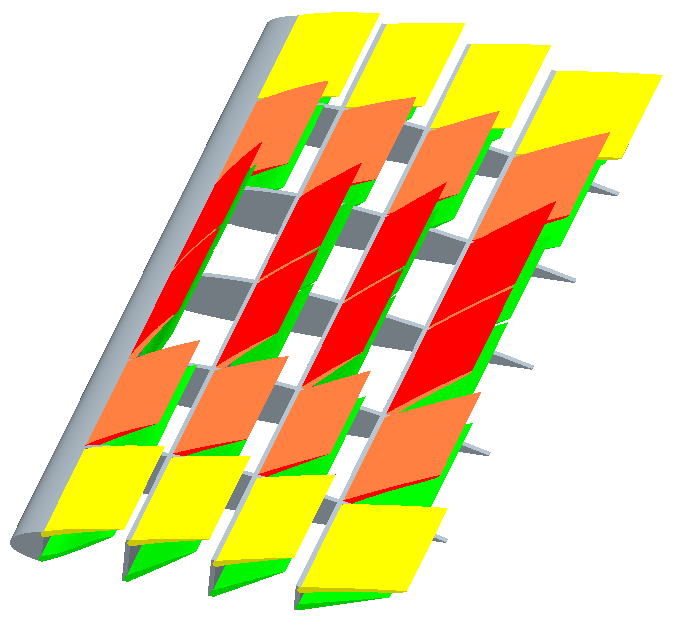
Efforts to control the flow over an aircraft's wings have permeated every evolutionary stage of manmade flight and are even manifested in the wing-warping employed by the original Wright Flyer. Aircraft are also designed with a certain level of flexibility, or aeroelasticity, for turbulence mitigation. Nevertheless, turbulence has been identified as a key factor in the loss of numerous unmanned aircraft in military and intelligence operations. This project concerns the development of a distributed system of feather-like structures for local flow sensing and control akin to the active and passive flight controls birds employ.
Aeroelastic Wind Energy Harvesting for Urban Environments
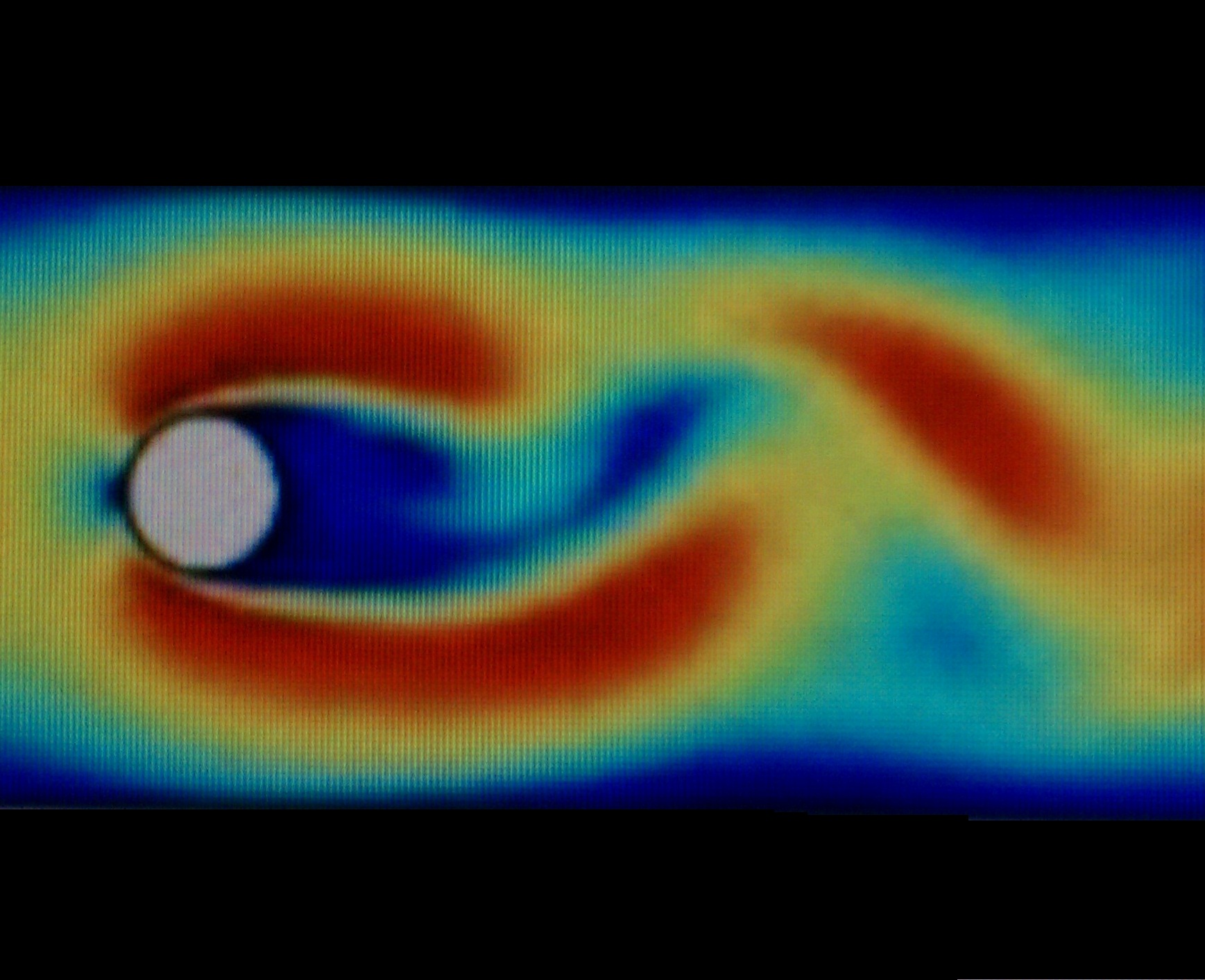
Although wind farms provide an attractive and increasingly popular alternative to fossil fuels, they nevertheless have significant limitations, especially in urban (or otherwise cluttered) environments and at small scales. This project investigates small-scale, aeroelastic wind energy harvesting structures consisting of vibrating bluff bodies. As the structures vibrate, the strain energy in their deformation is converted into electrical energy by piezoelectric transduction. Specially designed power electronics convert this random electrical signal into a usable form for local storage, transmission to a central location, or immediate use by wireless devices.
Vibration Energy Harvesting from Human and Vehicle Motion
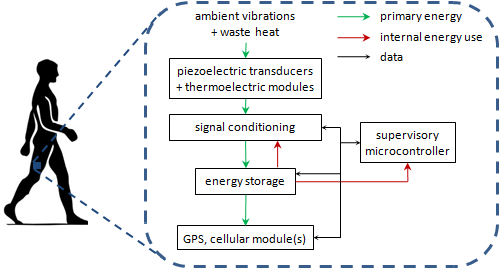
Over the last few decades, the capabilities of wireless devices have increased dramatically while their size continues to decrease, enabling distributed sensor networks, high-performance portable computing, and real-time localization anywhere in the world, to name a few. Unfortunately, battery technology has not kept pace, and more often than ever the size, weight, and capacity of the on-board battery are the limiting factors in miniturization. The primary thrusts of this research effort are to develop non-linear resonant structures for harnessing random, broadband vibrations through the piezoelectric effect and to design an intelligent, power management circuit to govern the energy flow from the environment, through the storage sub-system, and to the output loads consisting of sensors and comm modules.
Multivehicle Formation Flight Control Over Open Water
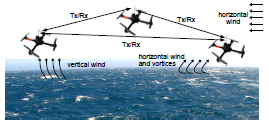
Unmanned Aerial Vehicles (UAVs) have a wide variety of uses from military to first response teams to mapping and surveillance. Formations of multiple UAVs can increase effectivity, but also complicate the control laws needed to govern their behavior. Much work has been done in the area of multi-vehicle flight control, however very little has been done to address the impact of winds on UAV flight control and even less the impact of flight over open water. The goal of our research is to develop a control scheme that maintains formation control for a group of UAVs that is robust to vehicle failures, vehicle variations, and environmental conditions from wind and waves.
Low-Thrust Perching Aircraft
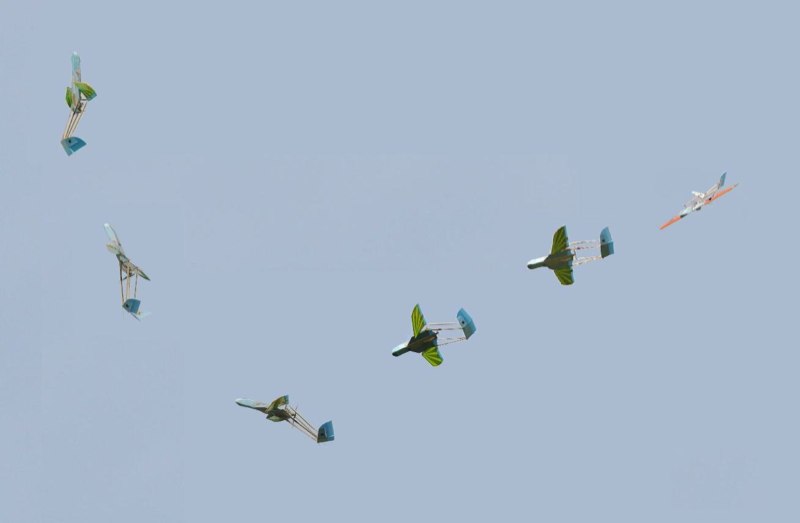
Lately, advanced in smart materials, actuators, and control systems have enabled the development of new capabilities for aircraft. New research has focused on developing bioinspired flight capabilites for manmade aircraft, including flapping wing flight and the focus of this effort: perching. Perching can be described as a high angle-of-attack approach with the purpose of using high-drag, separated flow for braking, followed by a planted landing. This project aims to develop a comprehensive dynamics model and an appropriate control scheme for this aggressive maneuver and implement it on-board a custom-built morphing aircraft model.
